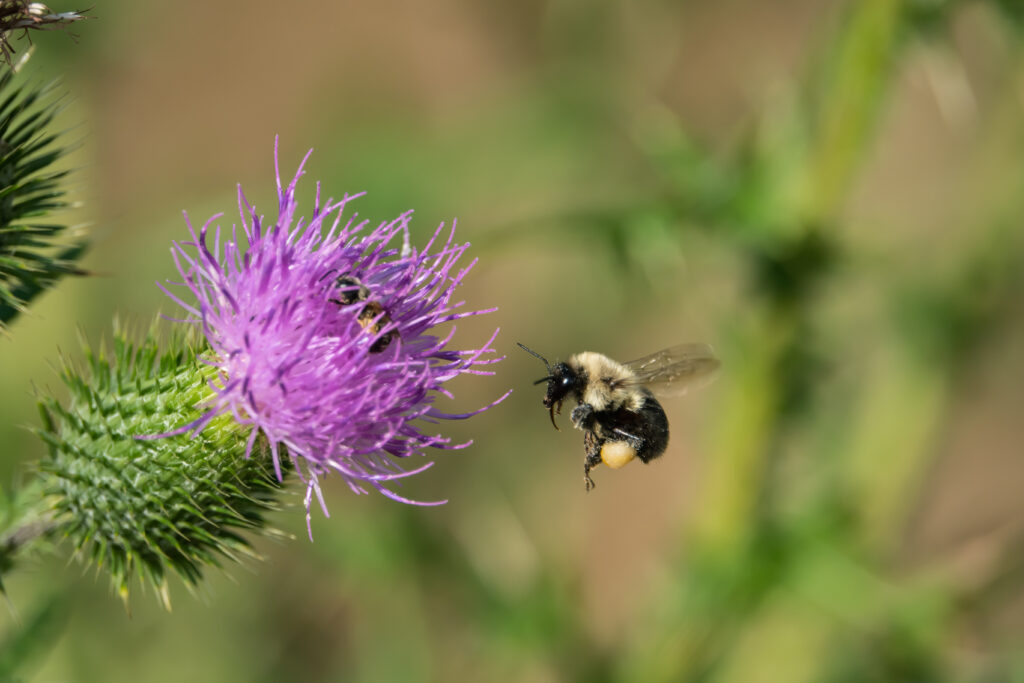
Pollination is important to all the world’s seed plants, ecosystems, and humans. Pollinators are responsible for assisting over 80% of the world’s flowering plants to reproduce—meaning most of our food is produced with the help of pollinators. The most widely known pollinator is the bee, but pollinators can include other animals (like bats and hummingbirds) that assist plants with their reproduction.
Including wildflowers in your crop plan helps to attract local pollinators to your land.
1. Plant local
There are many advantages to choosing a variety of native wildflowers for your project.
Native seeds are adapted to your local climate and soil and therefore often require less water and chemicals to help them grow. Native plants also attract native pollinators. When your crops begin to grow, they form natural habitats for pollinators to thrive. For more information on the benefits of native plants, click here.
2. Plant highly diverse mixes
Planting a wide variety of wildflowers of various colors provides blooming bursts of color that naturally attract your local pollinators. Attracted by the colors these pollinators also find happy homes in the dense foliage of these crops. A good mixture of wildflowers provide lush homes and food for the local moths, bats, butterflies, bees, and small mammals that help in pollination.
3. Plant safe
Eliminate pesticides and herbicides whenever possible. Some chemicals in pesticides and herbicides can cause damage to the soil and local water sources but they can also be particularly dangerous to bees. If chemical application is necessary, use the least toxic material possible. To find out more about whether you need an herbicide, click here.
Wildflowers can improve soil health, prevent erosion, improve water quality, and attract local pollinators to your land. To find plants native to your region, click here.
